By Christopher Miskimon
Gunther Prien grew up at sea, joining the merchant service as a cabin boy at 15. In October 1939, with World War II just a month old, the 31-year-old Prien stood in the conning tower of U-47, a German U-boat plying the North Sea toward the United Kingdom. Looking through his binoculars, he finally spotted a much-needed landmark: the Orkney Islands. Sheltered within them was Scapa Flow, the British Royal Navy’s sprawling anchorage. Captain Prien told none of the crew of the submarine’s mission. Now his first officer, Engelbert Endrass, dared to ask if they were going to move into the islands. Prien told him, “We are going into Scapa Flow.”
After dark Prien called his crew together and told them of their mission. They assumed their stations, and U-47 slowly slipped under the waves, her electric motors humming as the diesel engines shut down. They descended to the bottom and sat there, awaiting their chance the next evening. The crew slept through most of the next day, waking at 4 pm to eat a meal of veal cutlets and green cabbage. At 7 pm, U-47 rose to periscope depth, and Prien checked the area through the lens, seeing nothing. He ordered the sub to surface, and he climbed to the conning tower with the first officer. They heard nothing, saw nothing, but it was brighter than expected. They realized the light was from the aurora borealis, the northern lights. Despite the risk, Prien went ahead.
Slowly the submarine made its way between the coastline and the blockships, hulks sunk in shallow water to block the approaches. U-47 was briefly entangled in one of the blockship anchor chains. Minutes later it scraped bottom but did not get stuck. A car moving along the coastal road caught the conning tower in its headlights, but it moved on. Suddenly the channel opened, and they were within Scapa Flow. The lower part of the bay held several tankers that were normally a juicy target for a submarine. Prien ignored them; he had bigger ideas.
 Moving northward, Prien spied a large, looming silhouette. It was a battleship, the HMS Royal Oak. She was an older ship, left over from World War I, but still powerful with eight 15-inch guns and a displacement of 30,000 tons. A thousand sailors called her home. The ship was only 4,000 yards away. Prien ordered a spread of four torpedoes readied, then listened as water flooded the tubes. When all was ready, the submarine captain gave the order to fire. The first torpedo launched, followed by the second and third at intervals of two seconds. The last torpedo misfired. It took three and a half minutes for the weapons to reach their target. Two missed completely, and the third only severed the anchor cable. The crew of the British ship noticed the explosion but did not know what it was. They searched for signs of an internal explosion but did not go to general quarters. Prien turned the sub around and fired his aft tube, but that shot missed as well. Undiscovered and determined to achieve success, he ordered the tubes reloaded and tried again an hour later.
Moving northward, Prien spied a large, looming silhouette. It was a battleship, the HMS Royal Oak. She was an older ship, left over from World War I, but still powerful with eight 15-inch guns and a displacement of 30,000 tons. A thousand sailors called her home. The ship was only 4,000 yards away. Prien ordered a spread of four torpedoes readied, then listened as water flooded the tubes. When all was ready, the submarine captain gave the order to fire. The first torpedo launched, followed by the second and third at intervals of two seconds. The last torpedo misfired. It took three and a half minutes for the weapons to reach their target. Two missed completely, and the third only severed the anchor cable. The crew of the British ship noticed the explosion but did not know what it was. They searched for signs of an internal explosion but did not go to general quarters. Prien turned the sub around and fired his aft tube, but that shot missed as well. Undiscovered and determined to achieve success, he ordered the tubes reloaded and tried again an hour later.
This time, all three torpedoes struck with massive explosions. Within minutes, Royal Oak was sinking, rolling onto her side, her gun turrets falling off. More than 800 men died that night. Prien, elated at his success, turned his boat for home, threading it through the channel with a ship giving chase. U-47 reached open sea, and despite a depth charge attack by patrol ships, Prien took his crew back to Germany, where they were treated as heroes. It was one of the first significant naval actions of the war, which is covered in great detail in World War II at Sea: A Global History (Craig L. Symonds, Oxford University Press, Oxford, UK, 2018, 770 pp., maps, photographs, notes, bibliography, index, $34.95, hardcover).
This book is a sweeping history of the war at sea by one of the world’s preeminent naval historians. It shows how the Allies used their growing naval superiority to win the war despite their relative deficiencies at the beginning of the conflict. The author successfully ties together the various efforts across different theaters of war to show how victory was achieved and how millions of people, from national leaders to ordinary seamen, made it possible. Most works concentrate on a particular area, campaign, or battle; this book’s strength is in how it shows all of that coming together to achieve a singular goal.
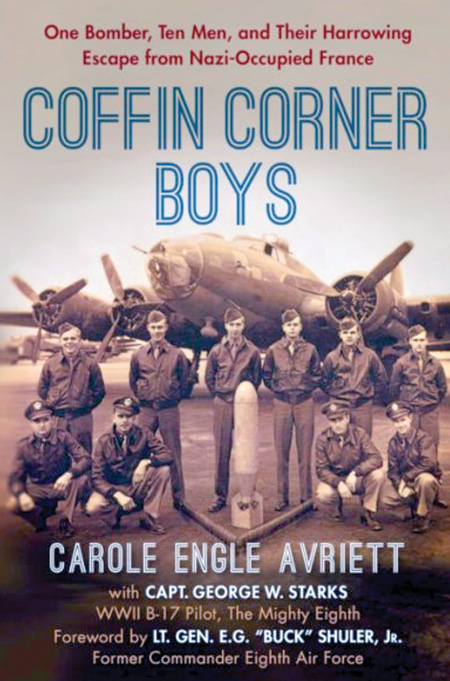 Coffin Corner Boys: One Bomber, Ten Men, and Their Harrowing Escape from Nazi-Occupied France (Carole Engle Avrett with Captain George W. Starks, Regnery History, Washington, D.C., 2018, 266 pp., maps, photographs, notes, index, $28.99, hardcover)
Coffin Corner Boys: One Bomber, Ten Men, and Their Harrowing Escape from Nazi-Occupied France (Carole Engle Avrett with Captain George W. Starks, Regnery History, Washington, D.C., 2018, 266 pp., maps, photographs, notes, index, $28.99, hardcover)
A “coffin corner” was the most exposed position in an American bomber formation during World War II: the low squadron, low group, number 6 position in the box. On March 16, 1944, the B-17 Flying Fortress flown by Lieutenant George Starks and his nine flight crewmen was in this vulnerable position en route to its target, the city of Augsberg inside Nazi Germany. More than 100 B-17s crossed the English Channel and within minutes were over France with little antiaircraft fire rising against them. Suddenly German Focke Wulf FW-190 fighters appeared, and one raked Starks’ bomber, shattering the left wing. The B-17 quickly caught fire, and the engines began shutting down. Rather than wait for the bomber’s ordnance to explode in the formation, Starks took his plane out of it and told the crew to bail out. As he headed for the door, he saw a crewman frozen in fear, unable to dive to safety. Starks tackled the man, and they both toppled out the hatch into the cold air and an unknown future.
The author’s uncle was a mechanic for the famed Flying Tigers, and he often told her “Ain’t no fake stories ever gonna outdo the real ones.” In this book she found one of those stories and brought it to vivid life for the reader. It is an engaging story of how the crew endured their ordeal and the miracle of how they all survived the war.
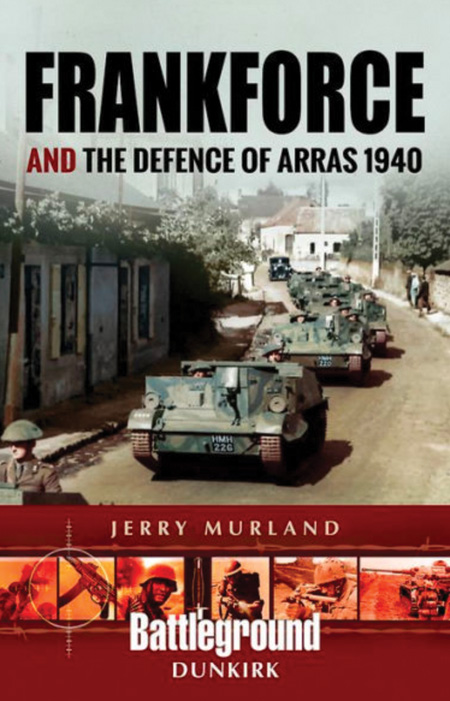 Battleground Europe: Frankforce and the Defence of Arras 1940 (Jerry Murland, Pen and Sword Books, South Yorkshire, UK, 2017, maps, photographs, appendices, bibliography, index, $19.95, softcover)
Battleground Europe: Frankforce and the Defence of Arras 1940 (Jerry Murland, Pen and Sword Books, South Yorkshire, UK, 2017, maps, photographs, appendices, bibliography, index, $19.95, softcover)
The 1940 Battle of France is commonly seen as going the way of Nazi Germany, but the fledgling Allies had a few small victories to assuage the overall defeat. As the German armies advanced in the area of Arras, France, the British launched an armored counterattack into their flank. This attack went straight into the teeth of General Erwin Rommel and his troops, yet it achieved moderate success, penetrating some six miles into the Nazi positions before the attack lost momentum. Rommel personally intervened to stop the attack, directing his troops from the front, placing guns, and directing fire. The battle ended only at nightfall, when the temporarily successful Allies withdrew to avoid encirclement. Arras was a valiant effort that ultimately proved all too temporary.
This new work is part of the publisher’s series of battlefield guidebooks, allowing the reader to explore the ground on which the famous battles of history were fought. The first part of the book is an overview of the battle itself, covering the units, tactics, and soldiers involved. It also analyzes the results of the action and the decisions made. The second part goes over the terrain, noting where significant actions occurred and giving the reader all the best routes to travel and locations to visit to help understand the Battle of Arras.
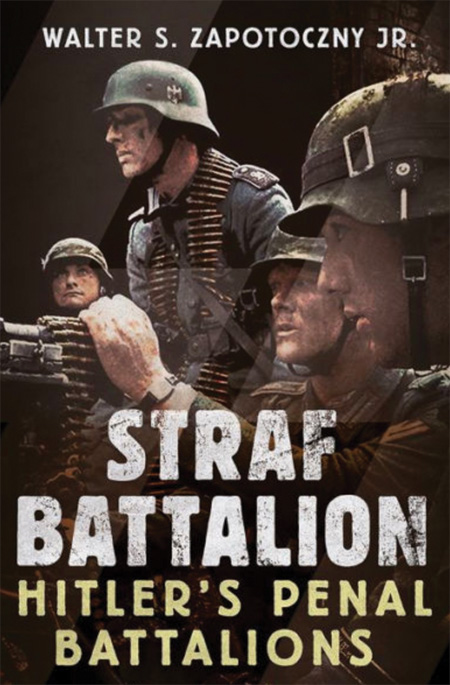 Strafbattalion: Hitler’s Penal Battalions (Walter S. Zapotocnzy Jr. Fonthill Media Limited UK, 2018, 224 pp., photographs, appendices, notes, bibliography, $36.95, hardcover)
Strafbattalion: Hitler’s Penal Battalions (Walter S. Zapotocnzy Jr. Fonthill Media Limited UK, 2018, 224 pp., photographs, appendices, notes, bibliography, $36.95, hardcover)
Even the Third Reich had troops who committed crimes, disobeyed orders, or failed in their duties. For them, the Penal Battalion was the result. Beginning in April 1941, soldiers were sent there as a punishment but with a chance at redemption and rehabilitation. These punishments involved being sent on the riskiest missions, including acting as shock troops or laying mines while under enemy fire. If the convicted soldiers performed bravely and honorably, they could be returned to their original units with their honor restored. It also provided the Nazis with additional manpower, sorely needed as the war continued and the battlefield situation deteriorated. Striving for efficiency, they even made use of their criminals.
This book shows how Nazi Germany organized its penal battalions, inserted them into their order of battle, and used them to achieve their most dangerous tasks. Their combat history is also covered in detail. The author also shows how the members of these units were a mixed group. Some of them did indeed acquit themselves honorably and achieved redemption, at least within the Wehrmacht. Others retained their criminal nature and eventually either went to prison or were executed. Some committed atrocities against civilians. The book is an interesting look at the intersection of the German military and the Nazi system of justice.
 Seven at Santa Cruz: The Life of Fighter Ace Stan-ley “Swede” Vejtasa (Ted Edwards, Naval Institute Press, Annapolis, MD, 2018, 304 pp., photographs, appendices, notes, bibliography, index, $29.95, hardcover)
Seven at Santa Cruz: The Life of Fighter Ace Stan-ley “Swede” Vejtasa (Ted Edwards, Naval Institute Press, Annapolis, MD, 2018, 304 pp., photographs, appendices, notes, bibliography, index, $29.95, hardcover)
“Swede” Vejtasa fit the ideal mold of a naval aviator. During the Battle of the Coral Sea in May 1942, he helped sink the Japanese carrier Shoho while flying an SBD Dauntless dive bomber. The next day, flying the same plane, he shot down three Japanese fighters and earned a Navy Cross for his two days of action. Later, at the Battle of Santa Cruz Swede was flying an F4F Wildcat from the USS Enterprise. He flew against a Japanese attack on his carrier and downed a pair of dive bombers and five torpedo bombers. His squadron leader, Jimmy Flatley, thought Swede saved the ship with his efforts and recommended him for the Medal of Honor, though an admiral later downgraded it to a Distinguished Flying Cross, likely because Swede tended to buck authority. However, there is no doubt he was a skilled pilot and aggressive fighter.
The subject of this new biography has not received the attention he deserves until now. Swede was a man of unusual drive and dedication, and this book reveals his accomplishments in all their amazing wonder. This work shows how one person can have far-reaching effects on the outcome of a battle through supreme effort and will. The book also includes a number of interesting photographs from Swede’s personal collection.
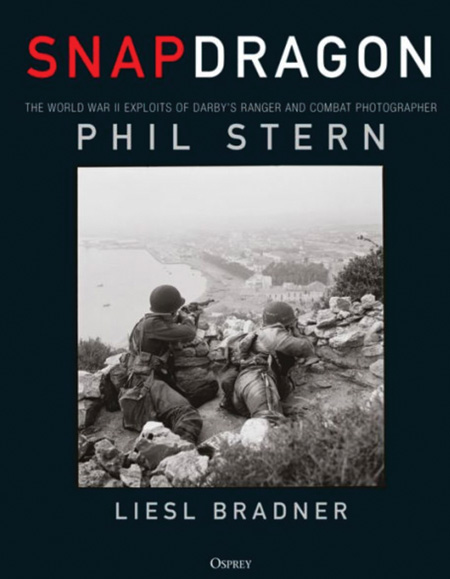 Snapdragon: The World War II Exploits of Darby’s Ranger and Combat Photographer Phil Stern (Liesl Bradner, Osprey Publishing, Oxford, UK, 2018, 312 pp., photographs, index, $40.00, hardcover)
Snapdragon: The World War II Exploits of Darby’s Ranger and Combat Photographer Phil Stern (Liesl Bradner, Osprey Publishing, Oxford, UK, 2018, 312 pp., photographs, index, $40.00, hardcover)
Growing up on the streets of New York City, Phil Stern decided at a young age he would never become a salesman. At 12 years old he acquired his first Kodak camera and from then on was fascinated by photography. Before the war he took pictures for magazines, one of which sent him to California in 1941. He was taking photos of a civil defense group on December 7, 1941, when he heard about the attack on Pearl Harbor. He immediately enlisted and was assigned to the Signal Corps. Soon after, he was in England and saw an article in the Stars and Stripes newspaper : “Men Wanted for Tough Job.” He applied and soon joined the ranks of the Rangers. From there he went to North Africa and Italy, taking snapshots all the way. He documented the Rangers’ training and deployment into action, showing a human side to the unit and its young fighting men.
After the war Phil Stern became famous for his photographs of celebrities such as Marilyn Monroe and James Dean. But few knew of his experiences during the war, which he both fought in and photographed. This interesting new volume collects many of his wartime photos and a few postwar ones into one place. It also includes Phil’s personal writings and descriptions of his wartime memories.
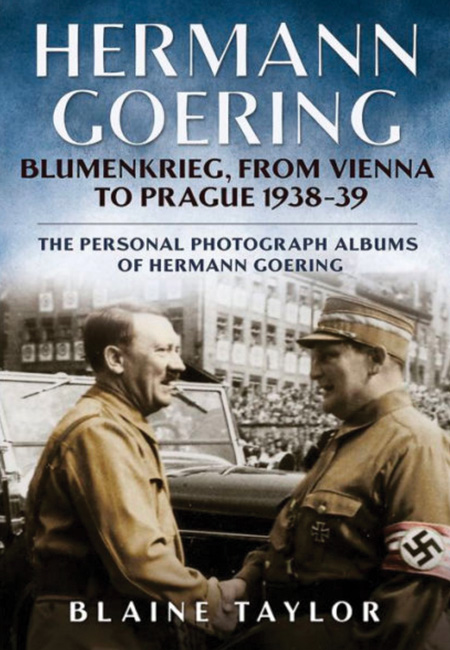 Hermann Goering: Blumenkrieg, From Vienna to Prague 1938-39 The Personal Photograph Albums of Hermann Goering Volume 4 (Blaine Taylor, Fonthill Media Limited UK, 2018, 272 pp., photographs, bibliography, $40.00, hardcover)
Hermann Goering: Blumenkrieg, From Vienna to Prague 1938-39 The Personal Photograph Albums of Hermann Goering Volume 4 (Blaine Taylor, Fonthill Media Limited UK, 2018, 272 pp., photographs, bibliography, $40.00, hardcover)
The photographs show all the pomp and ceremony of the Nazi regime while simultaneously revealing how normal and day to day the functioning of the hierarchy really was much of the time. One image shows Goering among ranks of troops with crowds of adoring Germans paying homage to him, while another shows his wife holding up their infant daughter to a smiling Hitler, who seems very taken by the little girl. Other photos show Goering fawning over his daughter while festooned in all the regalia of his Luftwaffe uniform. Later the reader sees him marching alongside Hitler in Munich during a Nazi commemoration.
The author has painstakingly assembled the vast photo albums of Hermann Goering, and this is the fourth volume in his series. The book contains some 280 images, each accompanied by lengthy captions that provide full background information for the reader. They reveal an unknown side of the Third Reich that belies their brutality and vile plans for the future. While Goering and his compatriots went about preparing to plunge the world into war, torment, and death, they also spent time at leisure, posing for snapshots and carrying out publicity. The book is an interesting look at the daily lives of these evil men, revealed as almost eerily normal.
 American Tanks and AFVs of World War II (Michael Green, Osprey Publishing, Oxford, UK, 2018, 376 pp., photographs, bibliography, index, $25.00, softcover)
American Tanks and AFVs of World War II (Michael Green, Osprey Publishing, Oxford, UK, 2018, 376 pp., photographs, bibliography, index, $25.00, softcover)
Second Lieutenant Frank Seydel was a tank platoon leader in the 2nd Armored Division. On March 3, 1945, he was at the German town of Bosinghoven when he spotted a pair of enemy tanks about 600 yards away. They were deadly Mark V Panthers, very dangerous to Seydel in his M4 Sherman. His gunner loaded an armor-piercing capped (APC) round and took careful aim. With a roar and blast, the 76mm projectile shot from the gun’s muzzle and directly struck one of the Panthers only to bounce off, ricocheting into the sky. Seydel quickly moved his tank forward 100 yards and fired again. This time the APC round struck home and the lieutenant ordered the crew to keep firing; they had to make sure this target was destroyed. They shot 10 more rounds, a mix of APC and high explosive, leaving the Panther a burning wreck.
Armored vehicles are a favorite subject among many military history enthusiasts, and this book is intended for them. It is a handy and thorough reference to American-built tanks, armored cars, half-tracks and self-propelled artillery. Design, development, production, and employment are all covered in detail along with extra information about ammunition and use by Allied nations. The book is also lavishly illustrated with line drawings, period photographs, and images of restored vehicles and museum pieces, many in color.
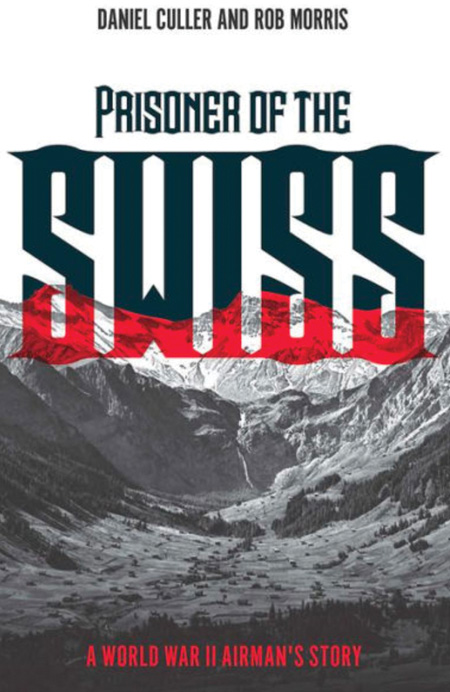 Prisoner of the Swiss: A World War II Airman’s Story (Daniel Culler and Rob Morris, Casemate Publishers, Havertown, PA, 2018, 144 pp., photographs, bibliography, $27.95, hardcover)
Prisoner of the Swiss: A World War II Airman’s Story (Daniel Culler and Rob Morris, Casemate Publishers, Havertown, PA, 2018, 144 pp., photographs, bibliography, $27.95, hardcover)
The morning of March 18, 1944, was cold. Dan Culler and a friend rode bicycles through the frigid air to the chow hall of their English airfield to have breakfast. Soon after, they boarded their B-24 bomber and took off for a mission over Germany. That mission ended with a flaming engine and a forced landing in neutral Switzerland. Dan and his comrades were interned, and Dan was sent to Wauwilermoos, a prison camp run by a dedicated Swiss Nazi. There was no access to medical care, hygiene facilities were poor or nonexistent, and the food left the prisoners malnourished and weak. The straw they slept on was infested with lice and vermin. Many of the prisoners were criminals, and Dan’s first night in his new barracks was spent as the victim of rape and torture. This brutality went on for months until finally a British officer helped the young Indiana farm boy.
After the war both the American and Swiss governments buried the entire camp and the events that occurred there. Dan was denied any POW benefits or treatment and had to deal with his trauma on his own. Finally, he wrote a book telling his story to the world. This new edition includes added information, providing historical context to accompany the heart-wrenching tale of misery and survival.
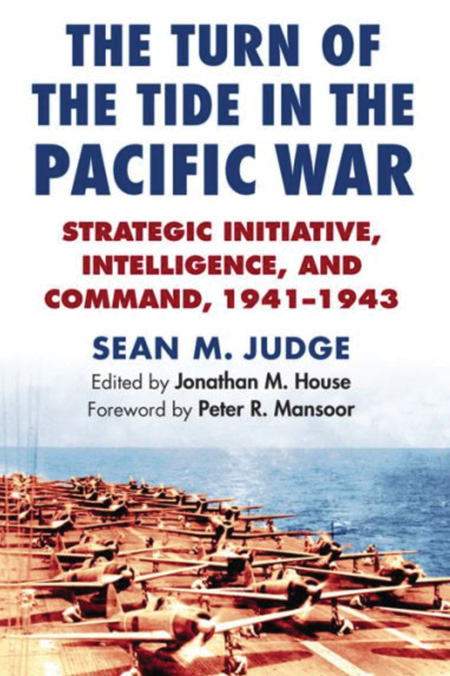 The Turn of the Tide in the Pacific War: Strategic Initiative, Intelligence, and Command, 1941-1943 (Sean M. Judge, University Press of Kansas, Lawrence, 2018, 296 pp., maps, photographs, notes, bibliography, index, $34.95, hardcover)
The Turn of the Tide in the Pacific War: Strategic Initiative, Intelligence, and Command, 1941-1943 (Sean M. Judge, University Press of Kansas, Lawrence, 2018, 296 pp., maps, photographs, notes, bibliography, index, $34.95, hardcover)
By mid-1942, Japan and the Allies were fighting on two fronts in the Pacific Theater: the Solomon Islands, home to Guadalcanal, and in New Guinea. The fighting in both places changed the course of the war over the next eight months, shifting the initiative irrevocably to the Allies. This was the result of a number of factors, including the growing resources of the Allies, strong leadership, and fighting skills that improved with operational experience. Triumph on these two fronts was the first step down the long road to victory.
Rather than a simple history of the events, this book is an analysis of how the Allies wrested the initiative from the Japanese and retained it moving forward. The author identifies five factors that were critical to this success: resources, intelligence, strategic acumen, combat effectiveness, and simple chance. All of these factors are further affected by political willpower and the choices that are necessary to promote the effort. Each of these facets is analyzed in detail with the author providing effective arguments and examples. It deftly explains how the Allies took control of the fighting from the Japanese and kept them on the defensive for the rest of the war.
New and Noteworhy
 How Hitler Was Made: Germany and the Rise of the Perfect Nazi (Cory Taylor, Prometheus Books, 2018, $25.00, hardcover) This is a study of how the political and social environment of post-World War I Germany influenced the attitudes and subsequent behavior of Adolf Hitler.
How Hitler Was Made: Germany and the Rise of the Perfect Nazi (Cory Taylor, Prometheus Books, 2018, $25.00, hardcover) This is a study of how the political and social environment of post-World War I Germany influenced the attitudes and subsequent behavior of Adolf Hitler.
In Action with Destroyers: The Wartime Memoirs of Commander J.A.J. Dennis DSC RN (Edited by Anthony Cumming, Pen and Sword Books, 2018, $34.95, hardcover) This is an eyewitness account of life aboard a destroyer during the war. It is a readable and interesting tale.
Deposition 1940-1944: A Secret Diary of Life in Vichy France (Leon Werth, Oxford University Press, 2018, $34.95, hardcover) This contemporary diary highlights the brutality and resistance to the Nazis found in the French countryside during the war. It tracks the progress of the war day by day.
Prisoner of the Samurai: Surviving the Sinking of the U.S.S. Houston and the Death Railway (James Gee, and Rosalie Smith, Casemate Publishers, 2018, $32.95, hardcover) James Gee survived the sinking of his cruiser in 1942 only to become a prisoner of the Japanese. He eventually wound up working railroad construction in Burma.
 The Women Who Flew for Hitler (Clare Mulley, St. Martin’s Press, 2018, $27.99, Hardcover) This is a biography of Hanna Reitsch and Melitta von Stauffenburg, two women who worked as test pilots for Nazi Germany. Each followed a different path.
The Women Who Flew for Hitler (Clare Mulley, St. Martin’s Press, 2018, $27.99, Hardcover) This is a biography of Hanna Reitsch and Melitta von Stauffenburg, two women who worked as test pilots for Nazi Germany. Each followed a different path.
MacArthur’s Coalition: US and Australian Operations in the Southwest Pacific Area, 1942-45 (Peter J. Dean, University Press of Kansas, 2018, $39.95, hardcover) The war in the Southwest Pacific was essentially a coalition struggle for Australia and the United States. This volume delves into the high-level interactions of the senior leadership.
The Story of the Guards Armoured Division (Captain the Earl of Rosse and Colonel E.R. Hill, Pen and Sword Books, 2017, $50.00, hardcover) This famed British tank unit had a distinguished history during the war. It acquitted itself well across the battlefields of Europe.
Jagdgeschwader 1 “Oesau” Aces 1939-45 (Robert Forsyth, Osprey Publishing, 2018, $23.00, softcover) Formed shortly after the war began, this fighter squadron guarded the North Sea coast and fought against the U.S. bomber offensive.
Bomber Command: Battle of Berlin, Failed to Return (Steve Bond et al., Fighting High Publishing, 2017, $39.95, hardcover) Thousands of British airmen never returned from their missions over Berlin. This book tells some of their stories.
Danish Volunteers of the Waffen-SS: Freikorps Danmark 1941-43 (Jens Pank Bjerregaard and Lars Larsen, Hellion Books, 2018, $89.95, hardcover) This well-illustrated volume tells the story of those Danes who chose to fight for the Nazis during World War II.
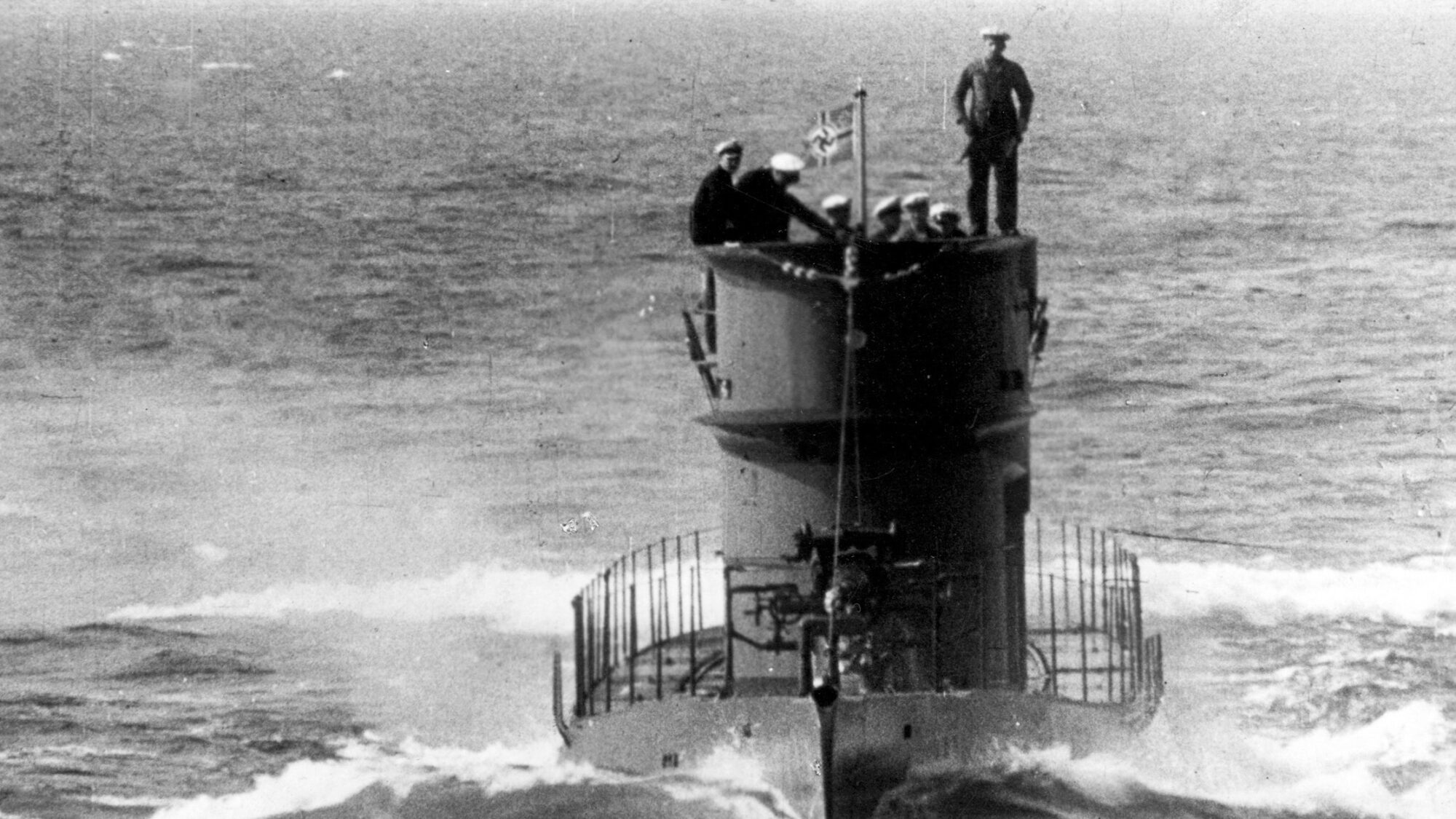
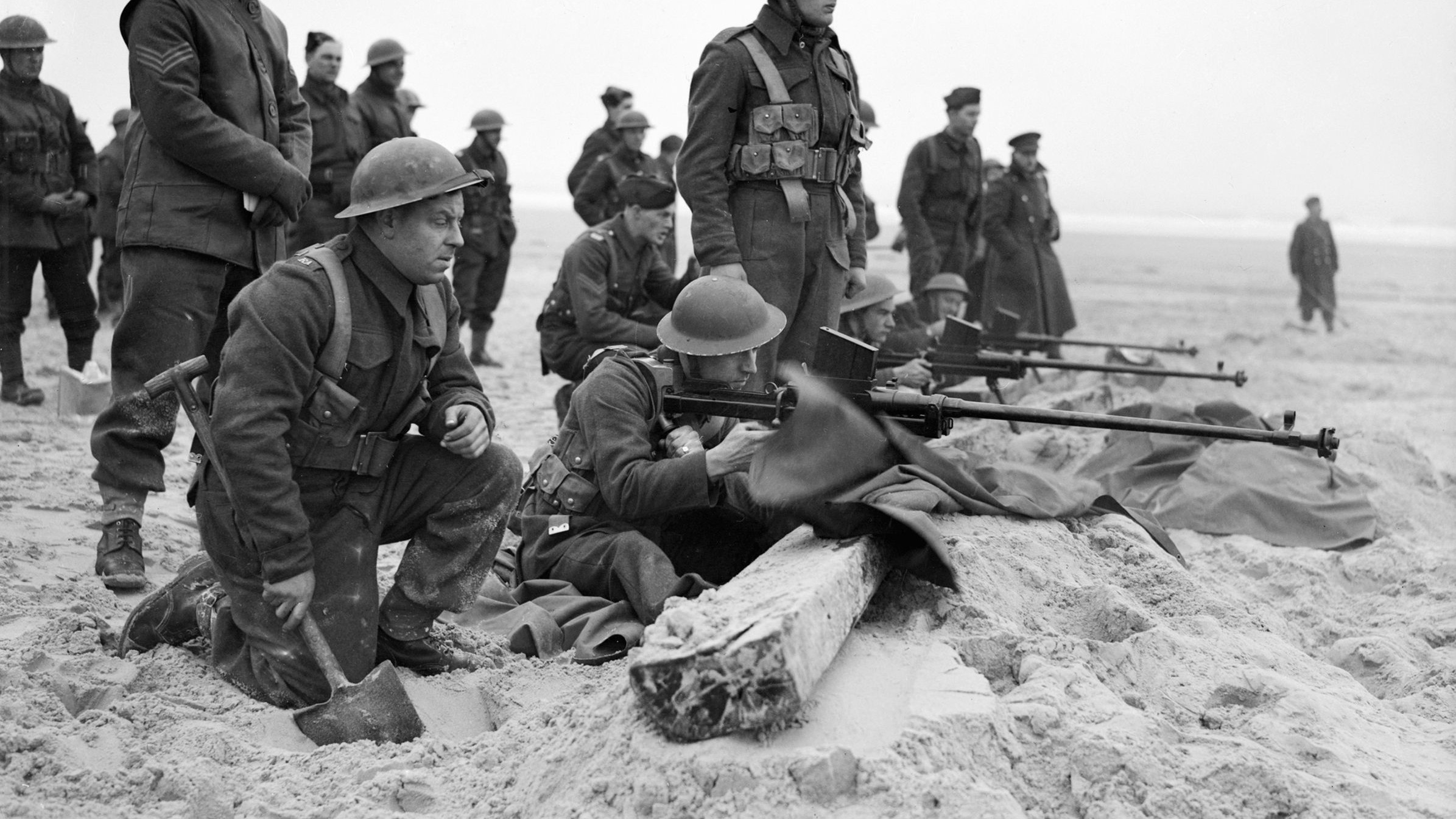
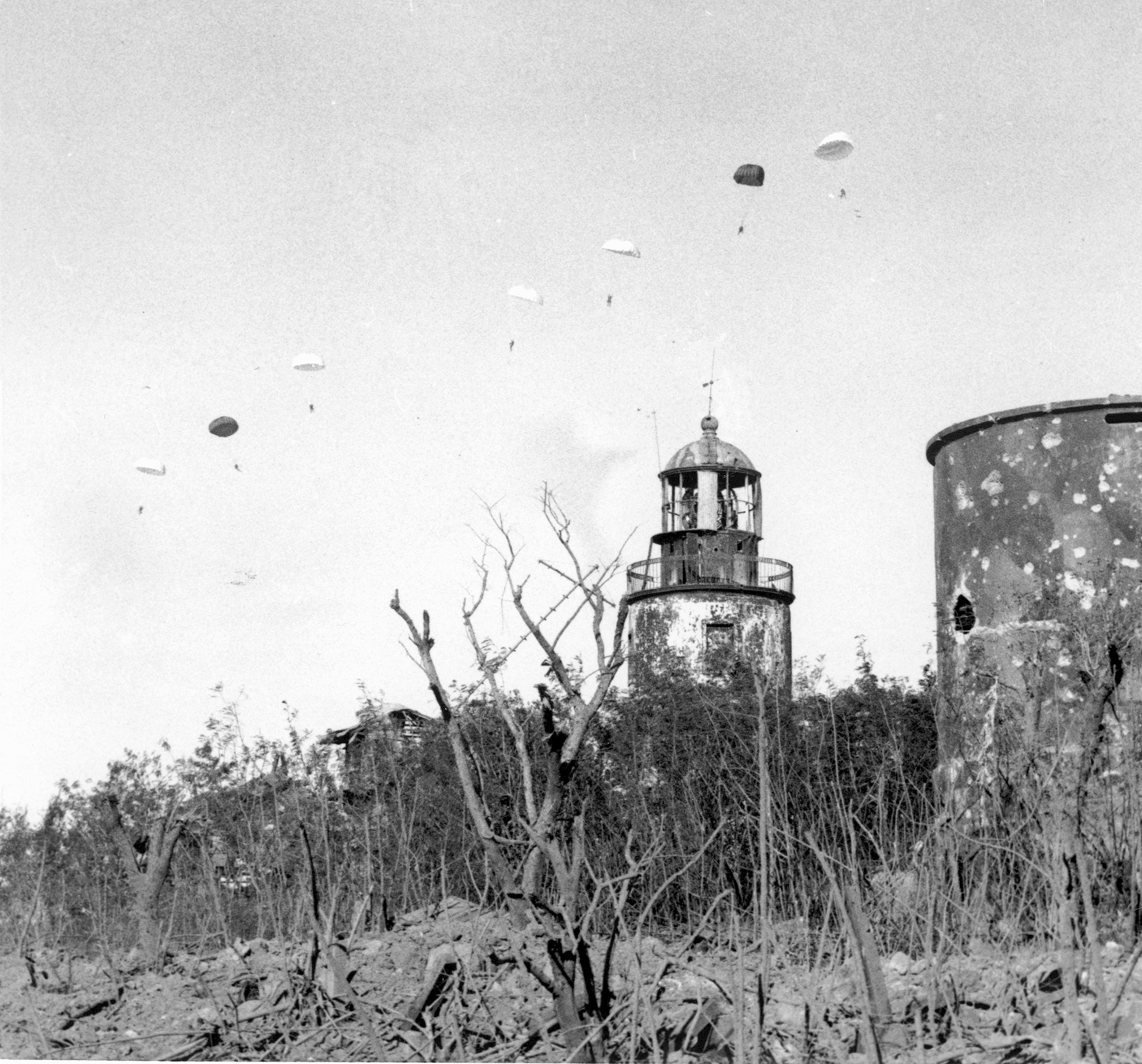
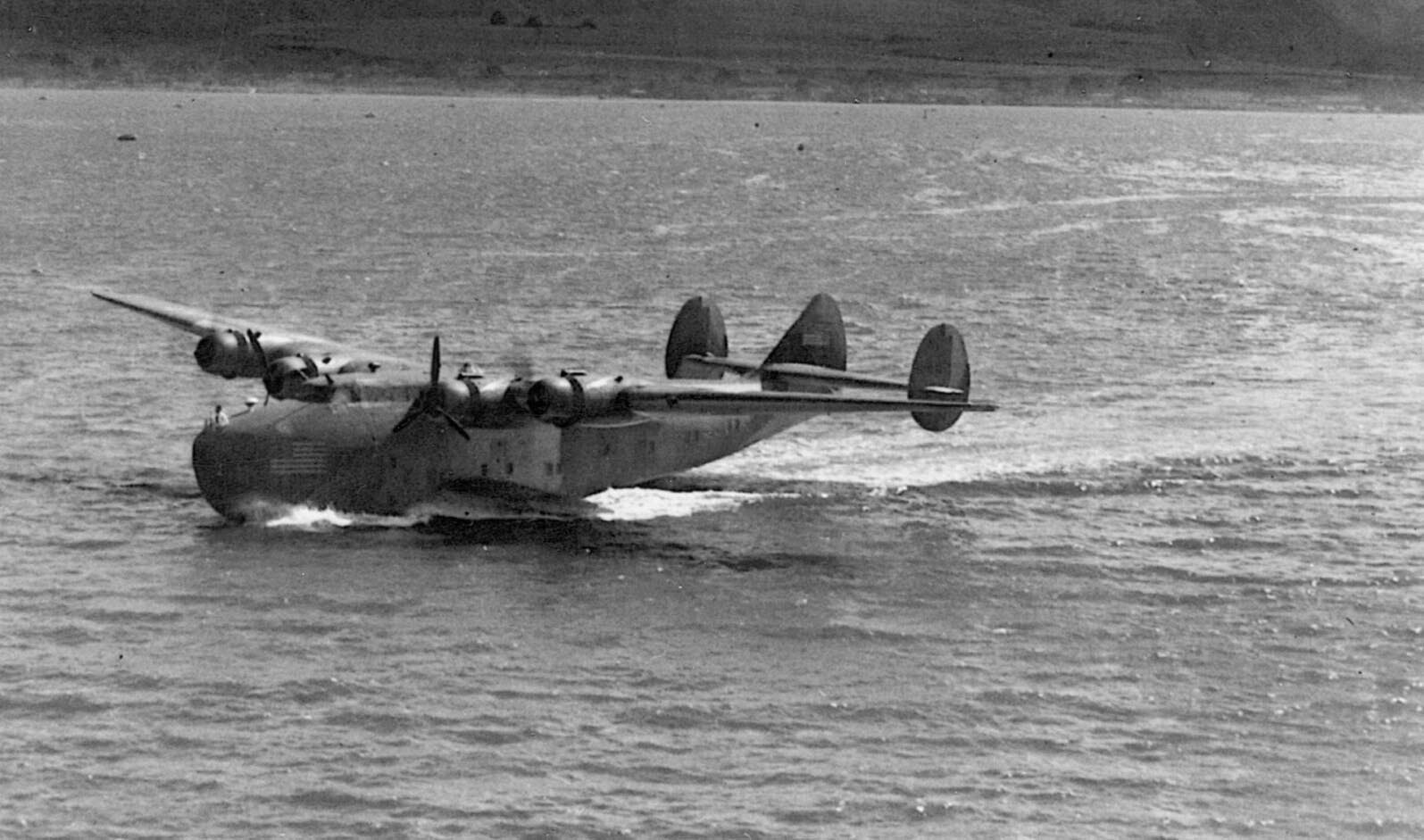

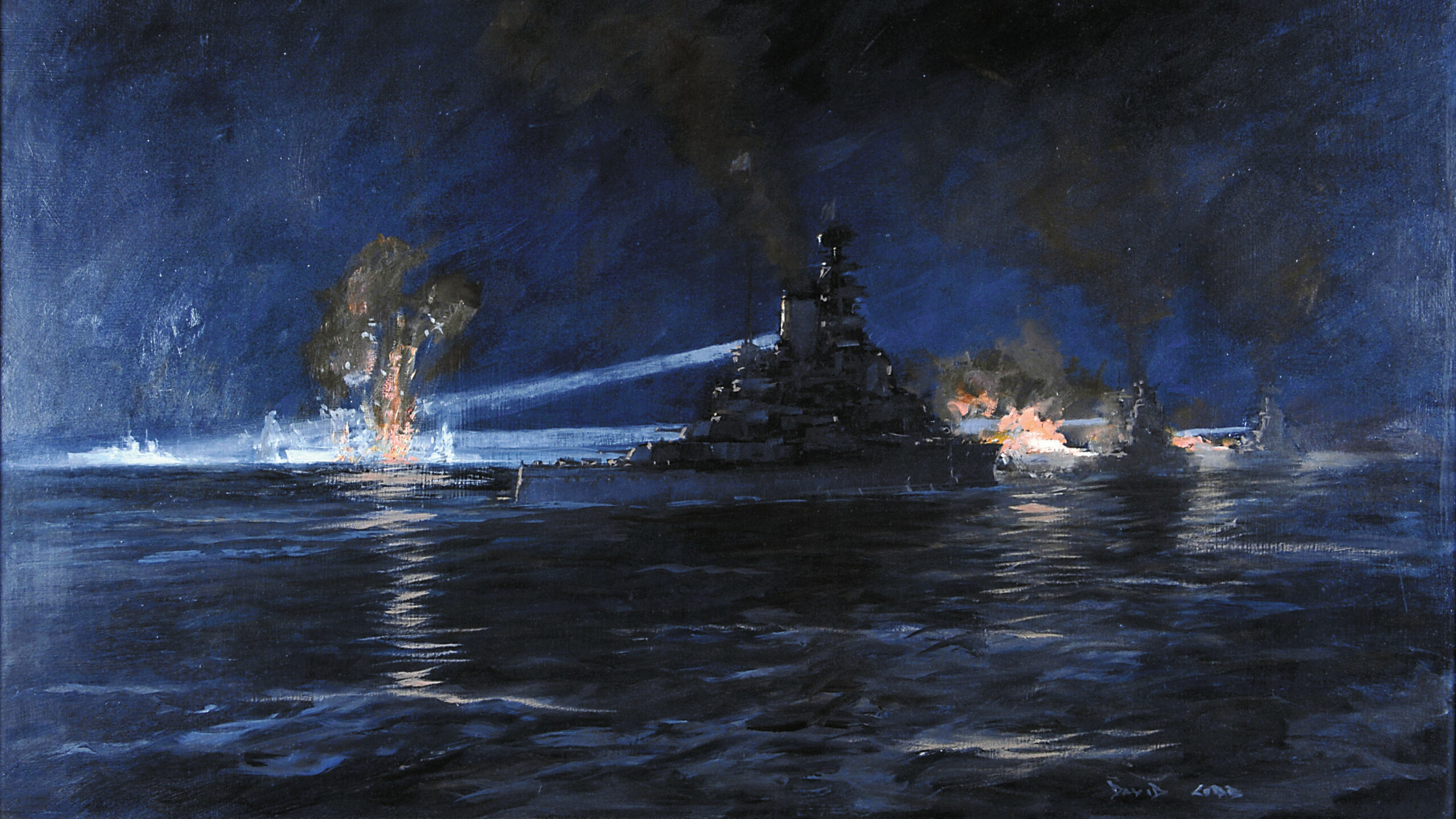
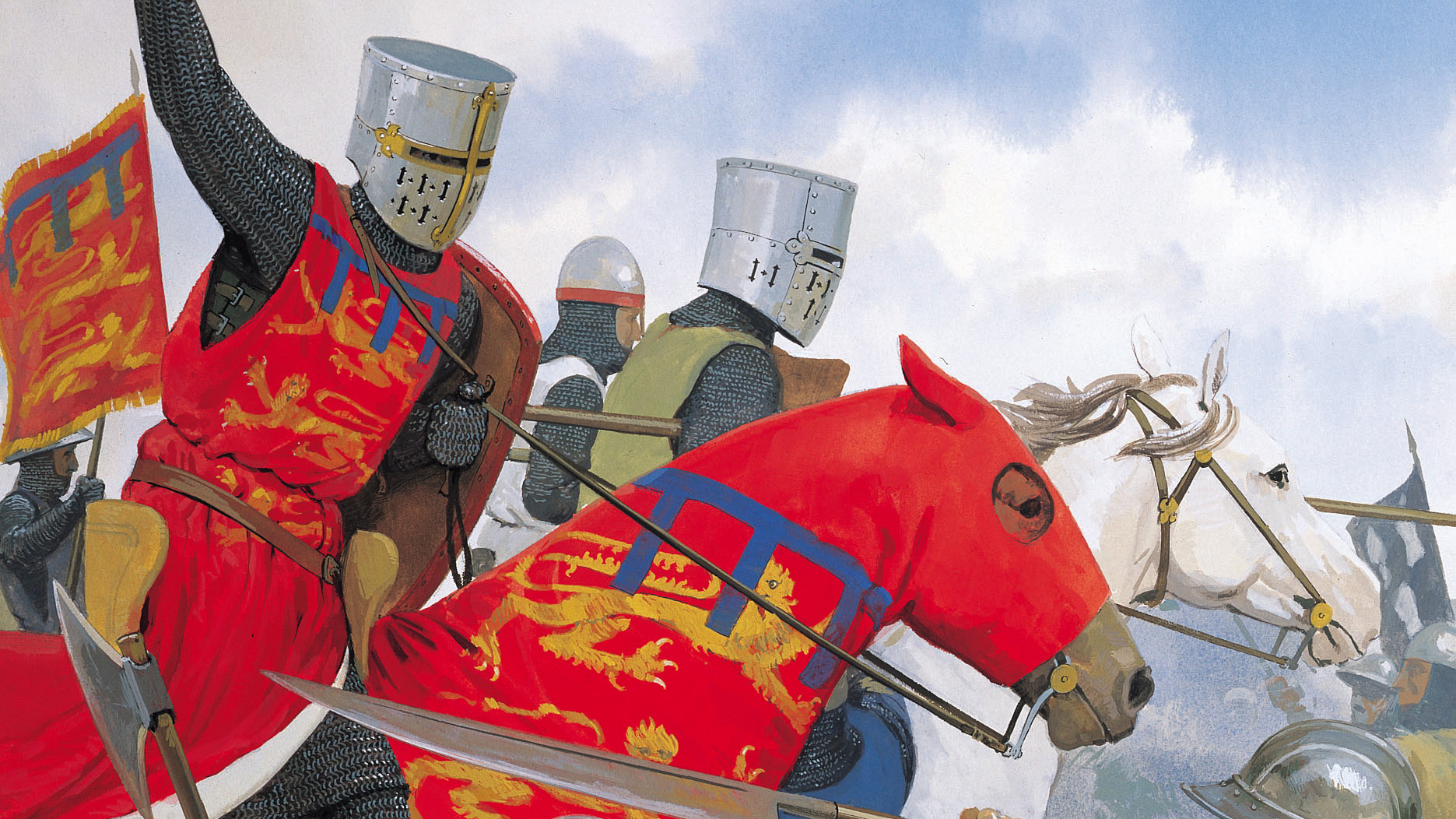
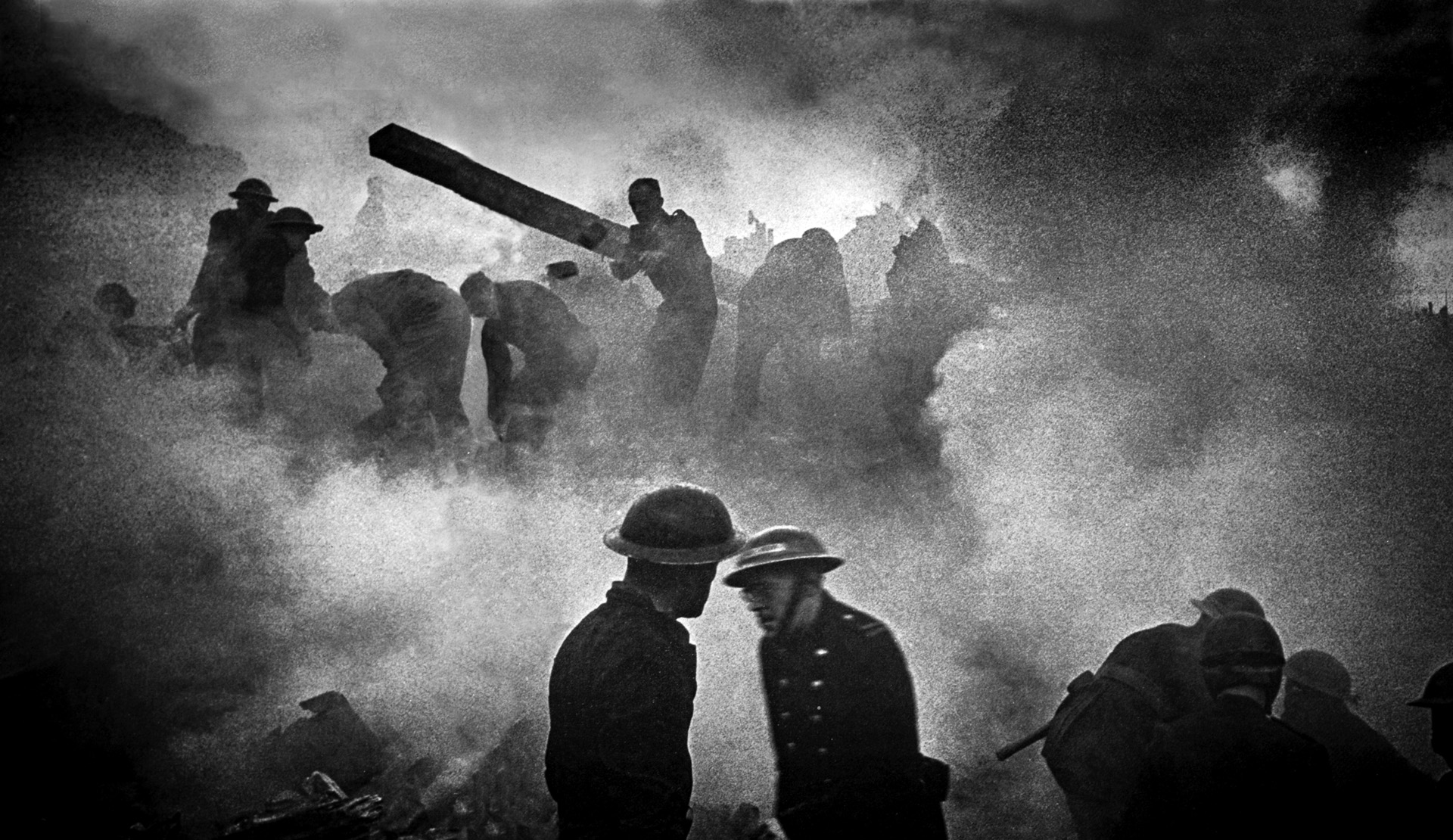
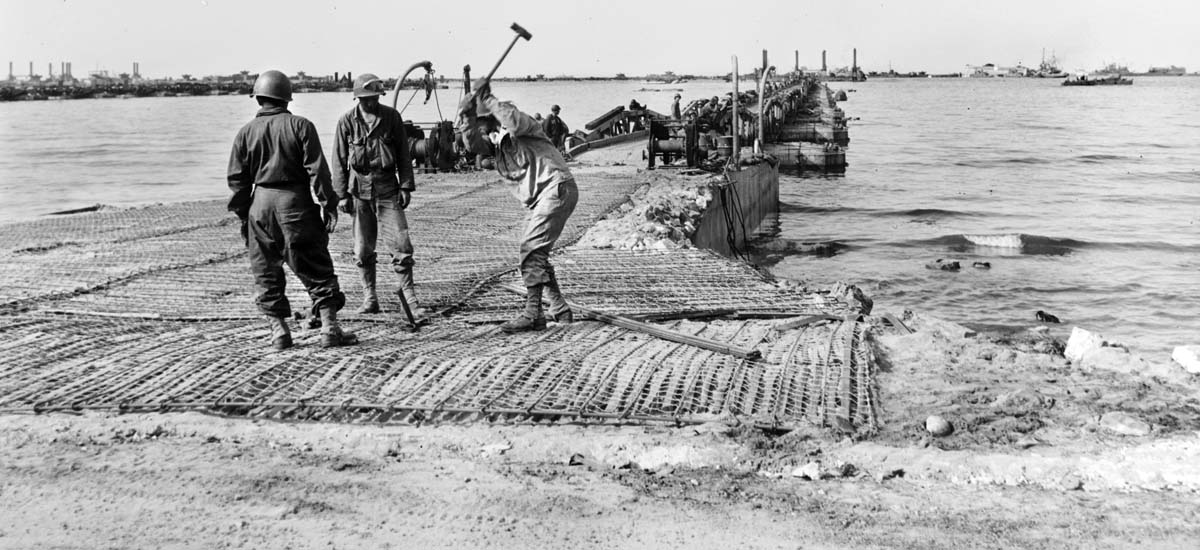
Join The Conversation
Comments
View All Comments